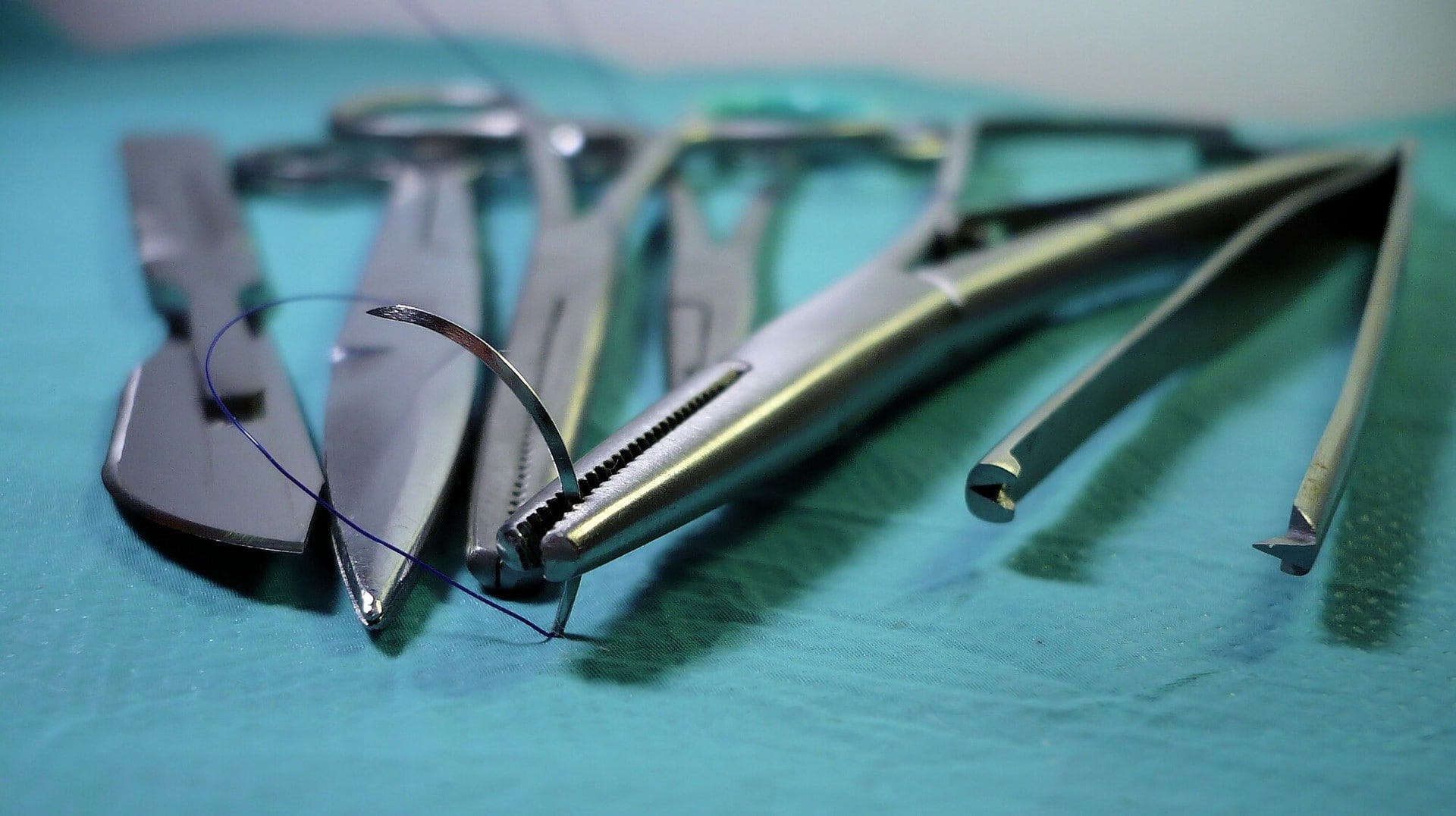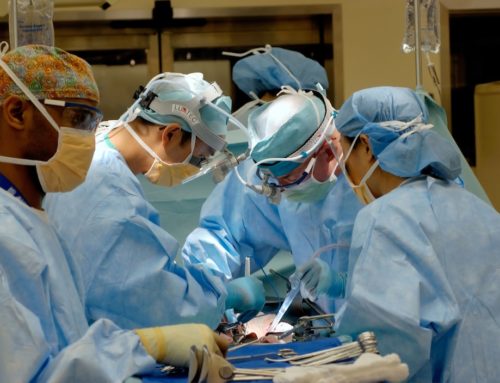Around 900,000 Americans have spine surgery each year, so if you are about to undergo a spinal operation you’re in good company. These operations help to relieve a plethora of painful and physically limiting conditions.
That said, preparing for spine surgery can still leave you feeling nervous. Fortunately, understanding what to expect from the best back and spine doctor and preparing for your spine surgery recovery can help to calm your nerves.
Are you about to visit a spine surgery center for the first time? Then, read on now to find out the most common types of spine surgery procedures around.
Discectomies
A discectomy is a type of minimally invasive spine surgery that targets herniated discs in your spine. These may also be known as bulging, slipped, or ruptured discs. They occur when the soft tissue between each of your spine bones pushes its way out of place and can become painful very quickly.
During a discectomy, the best neurosurgeon will work to relieve the pressure being put on your spinal nerves. This either involves removing some of the tissue or the whole disc.
Laminectomies and Laminotomies
Nerve compression in your spine can become a major issue, leading to pain in your legs and arms as well as your back. This happens when the structures around your spinal cord or nerves become compressed.
Fortunately, laminectomies and laminectomies help to relieve this pressure. They are a type of laser spine surgery that involves removing parts of tissue compressing your spinal nerves. The tissue that your surgery targets are the laminae in your spine.
The names laminectomy and laminotomy refer to the extent of your surgery. During a laminectomy, all of the laminae in the affected area will be removed. In comparison, a laminotomy involves partial removal of the laminae.
Spinal Decompression and Fusion Procedures
Spinal compression and fusion procedures are by far the most common types of spine surgery in the US. These surgeries also focus on relieving pressure within your spine, however, they do not just target the tissue in your spine.
Instead, spinal decompression and fusion procedures involve stabilizing the spine using hardware. This is usually a series of metal pins that attach along the spinal bones, to keep everything in position.
If you are having lumbar spine surgery, like the majority of patients, surgeons will perform these from the back of your body. In the cases of anterior cervical discectomies and fusion procedures, surgeons have to work from the front of your spine. Your surgeon will be able to talk you through the differences in these surgical approaches and why they are important.
Get Help Organizing Your Spine Surgery Today
When it comes to spine surgery there are loads of great ways that your surgeon can help to relieve pain and improve your mobility. While this might seem daunting, it is important to remember that thousands of people undergo spinal surgery every year so you are in safe hands.
Want to find out more or book in spine surgery? Then get in touch today — a member of our expert team will be happy to help you.






